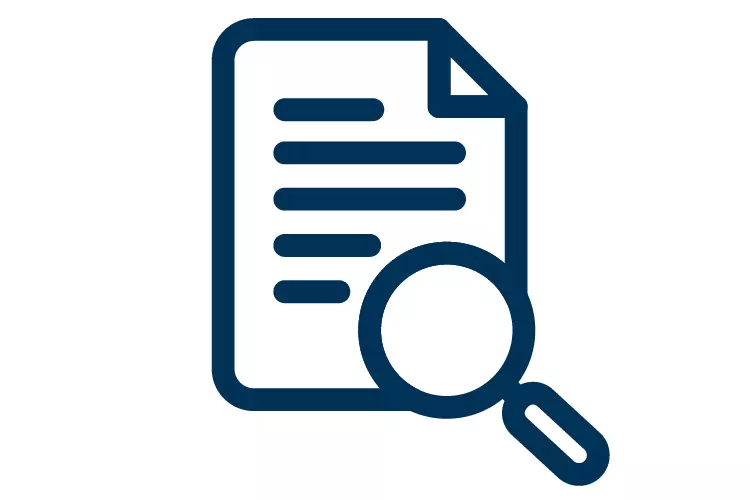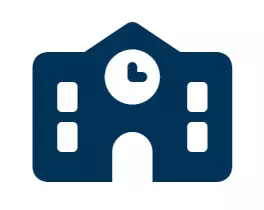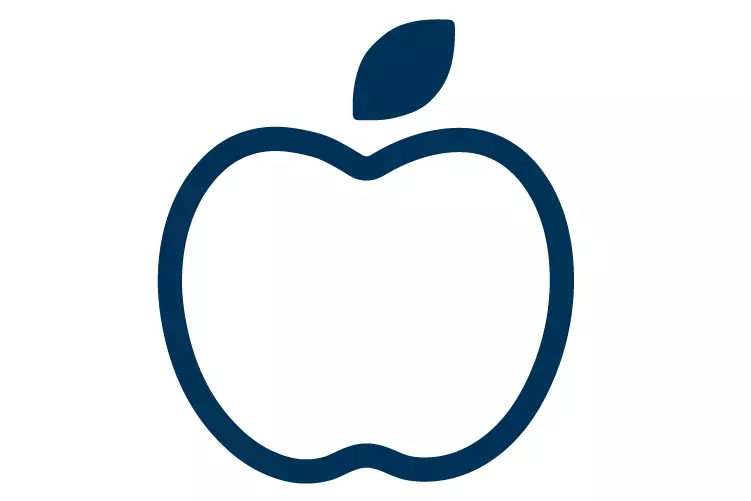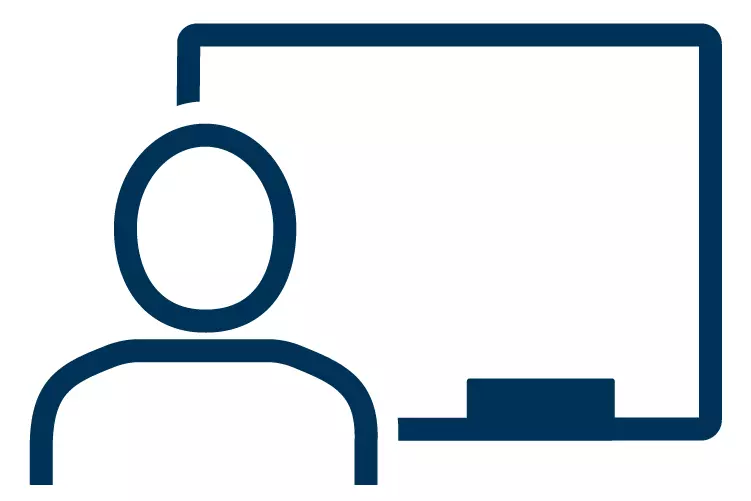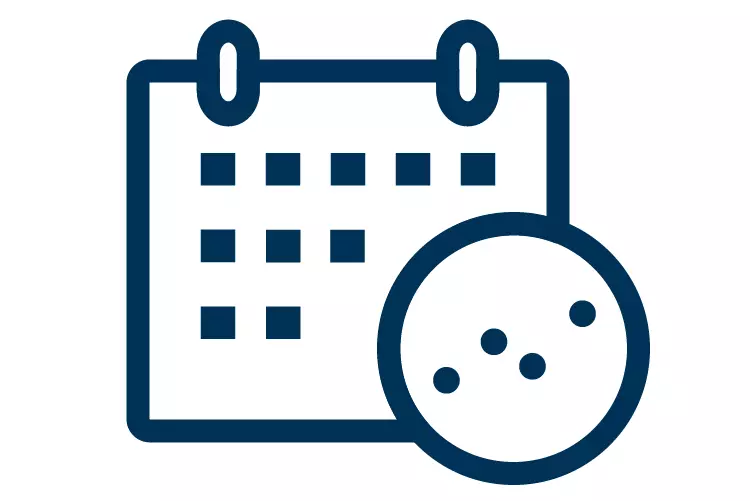A Recap of Key Tips that were Shared Throughout 2021
Our December Success Story features a recap of key tips for financial educators shared in previous Money Smart News editions throughout the year. We hope these following tips can be useful in the New Year and beyond.
- Provide a link to electronic copies of the participant guides ahead of time to the participants. Links to the participant materials are available by starting at the Teach Money Smart webpage. (An Engaging Virtual Training Series)
- Start a session with a realistic but catchy goal. An example could be, “Would you like to save more than $4,000 over five years?” (From Money Smart for Adults goes online with Mount Pleasant Correctional Facility)
- Develop collaborations between schools and banks to deliver Money Smart. Similar collaborations can benefit training for adults as well, such as when a banker works with a social service agency to conduct or participate in the training. (New Mexico partnership Engages Low-income High School Students)
- Connect people with a local support system, such as by working with a partner organization. Bank-led Money Smart for Small Business trainings could be enhanced through collaboration with a SCORE network, small business development center, or women’s business center, or vice versa. Other trainings might benefit from collaboration with experts such as a credit counselor, insurance agent, homeownership counselor, or pro bono legal services organization. (Money Smart for Small Business in Action)
- For young people, consider asking the participants to write an essay at the end of the course. The essay could explain what the participant learned and how they plan to apply it to their financial life. Developing an essay can give students the opportunity to use critical thinking to apply the Money Smart training to their personal lives. (Approaches to Engage Young People)
- End every session with action steps. For example, ask the audience what one or two things they are willing to do in the next 30 days based on what they learned. Consider following up with participants 30 days later. (Workforce Programs Using Money Smart)
- Consider connecting Money Smart to housing assistance programs. (Money Smart Helps Housing Initiative)
Have other tips? Please share them with moneysmartnews@fdic.gov .


